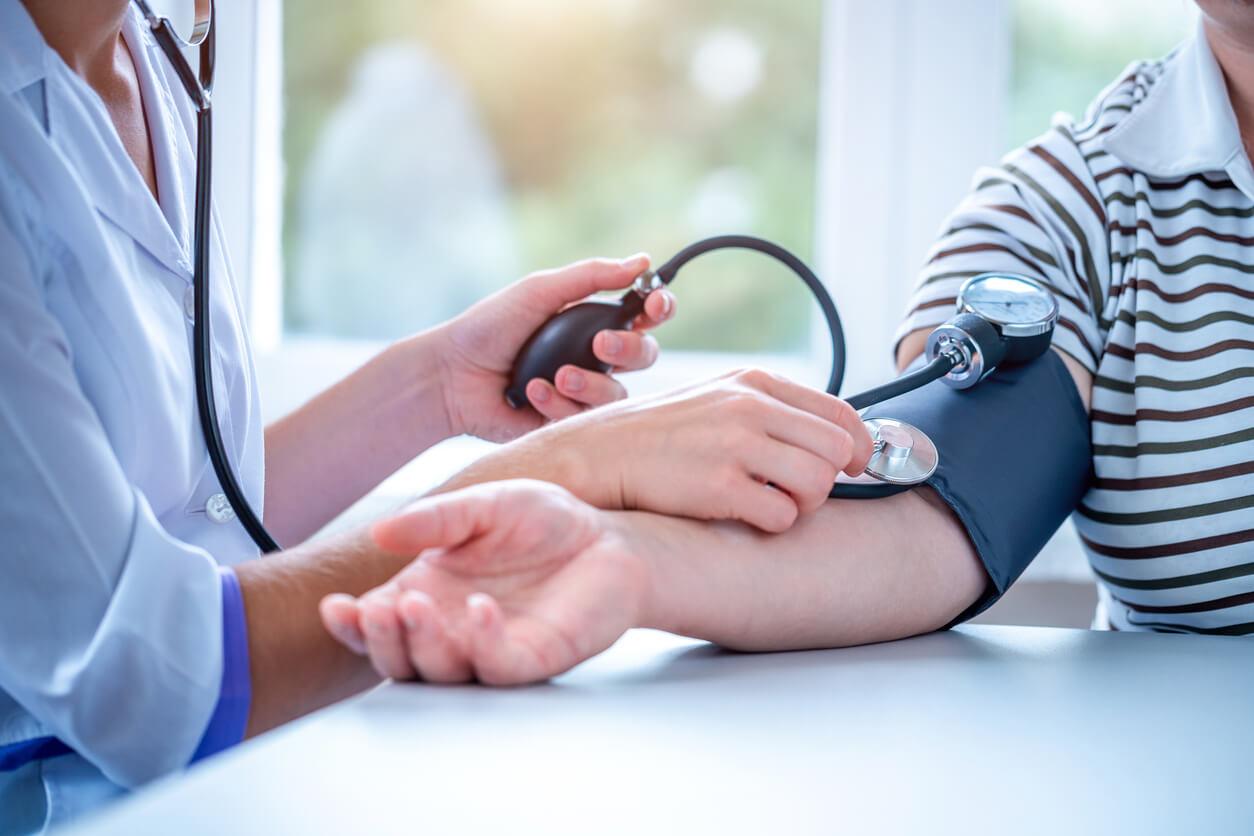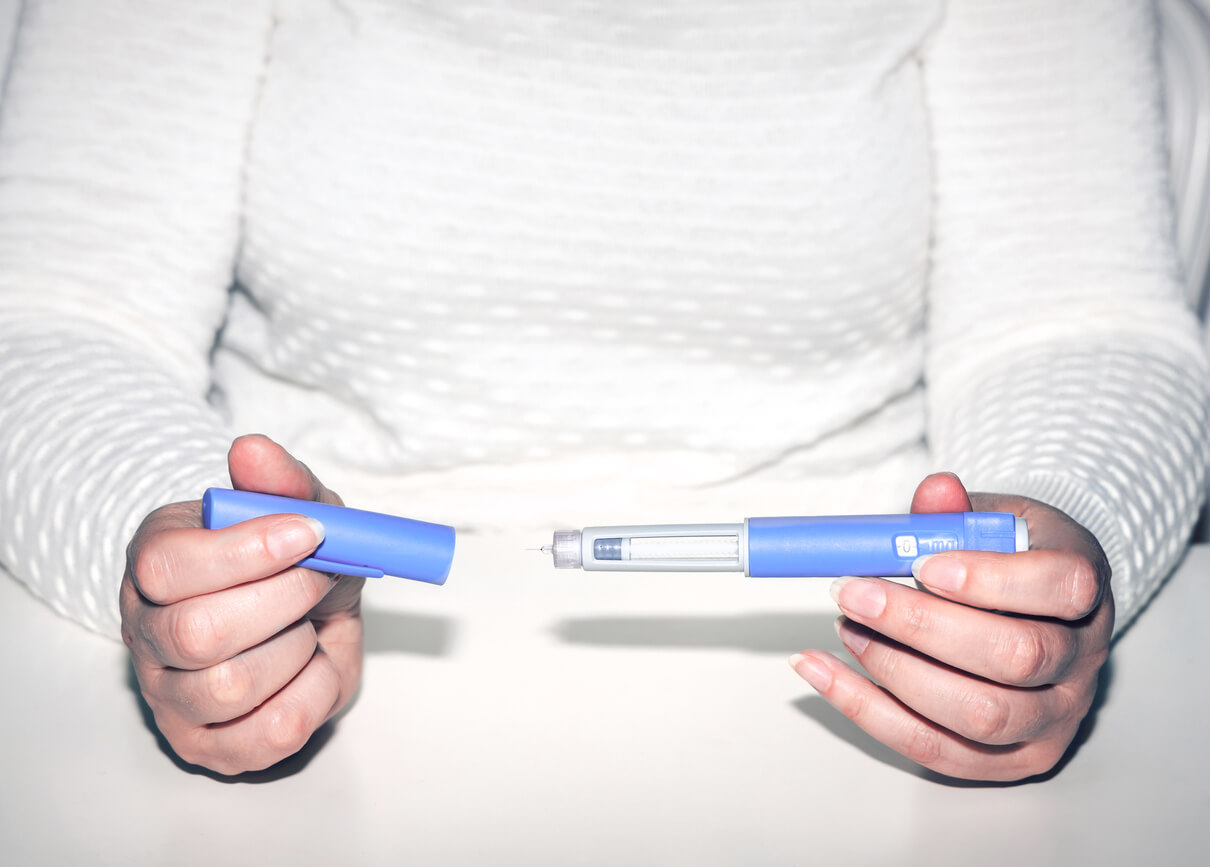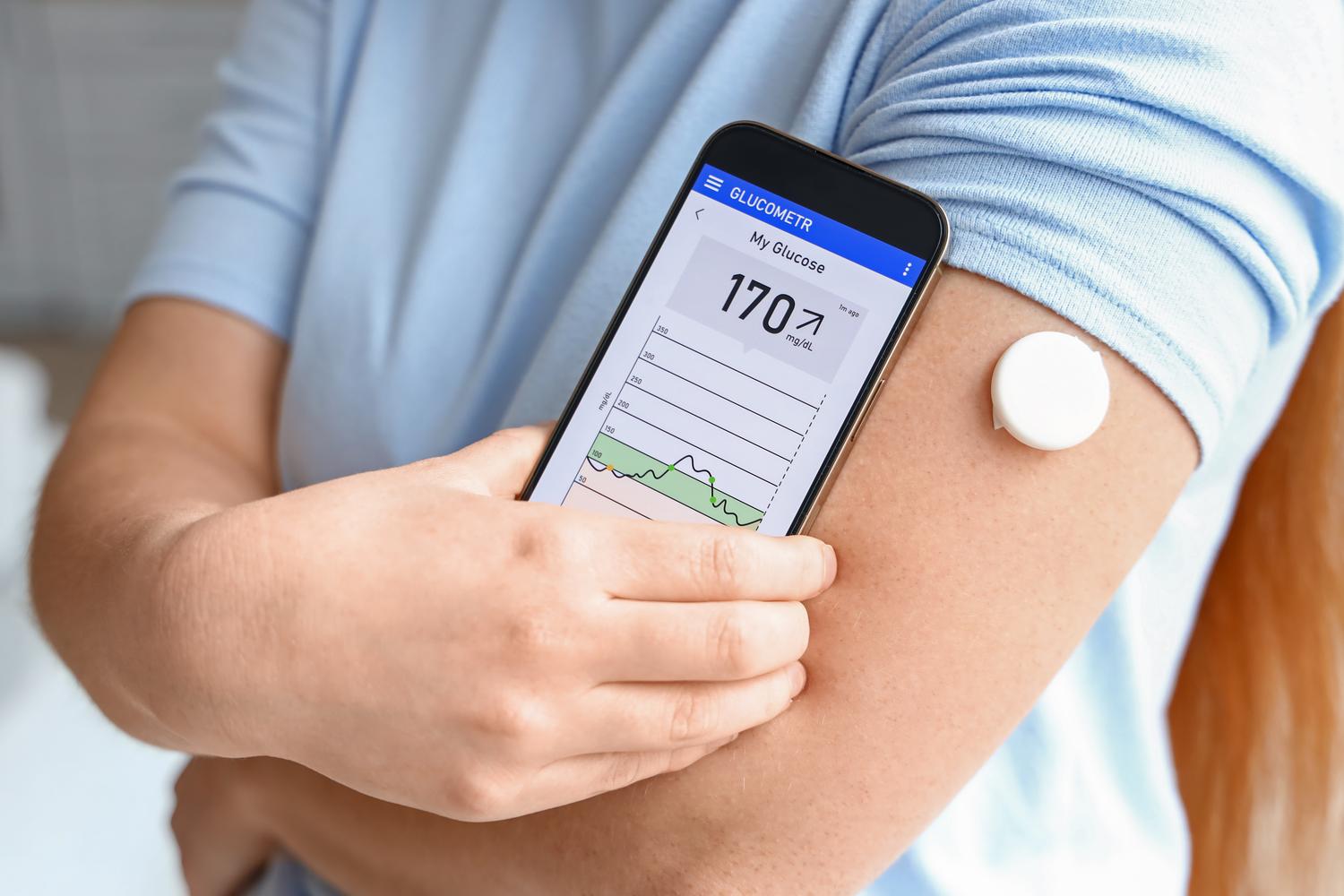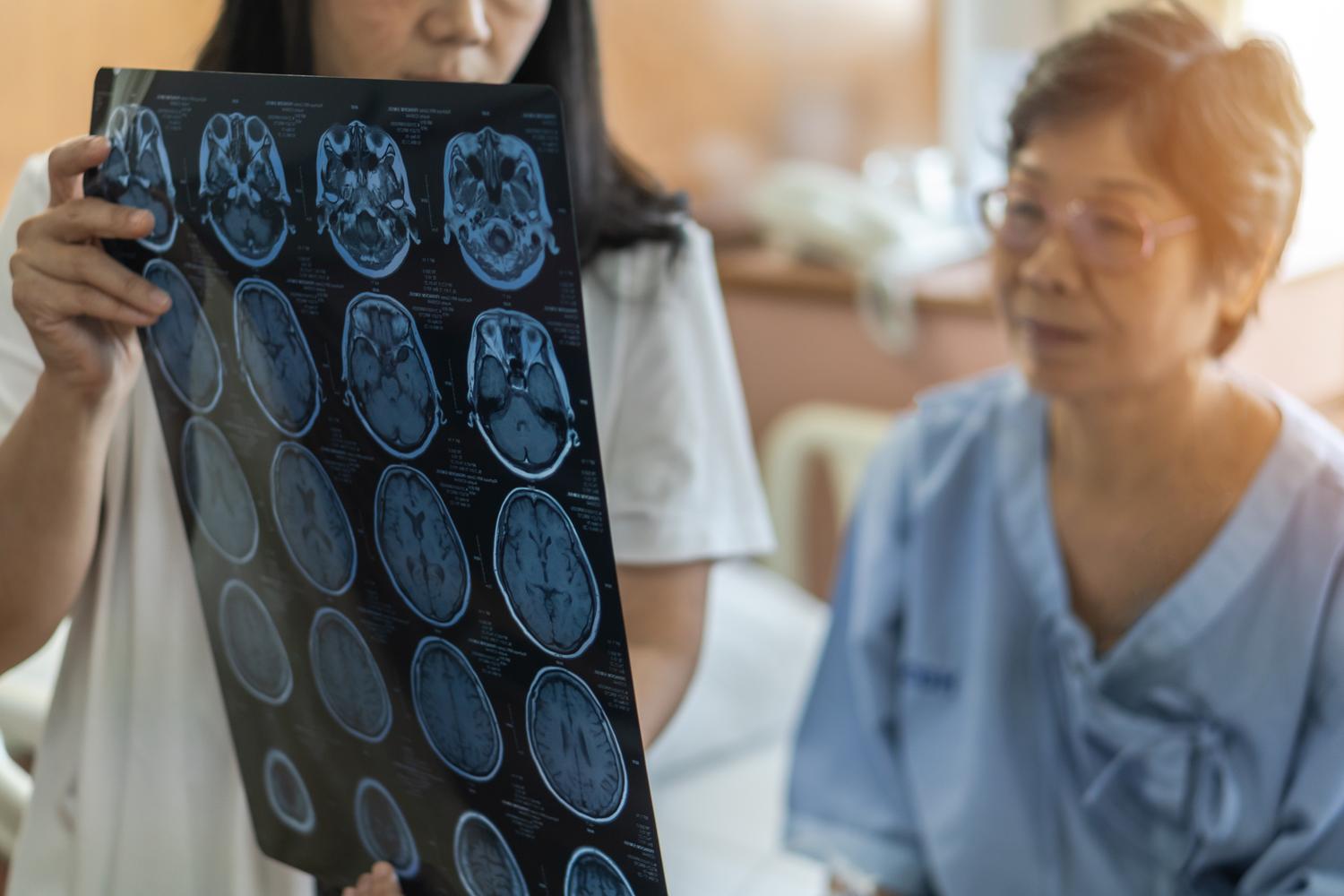Can High Blood Pressure Cause Headaches? What You Need To Know
Key Takeaway:
- High blood pressure rarely causes headaches unless it reaches dangerously high levels, known as a hypertensive crisis
- Most headaches are unrelated to blood pressure, but if a headache is severe and comes with symptoms like chest pain or vision issues, seek immediate medical care
- Regular screenings and healthy habits are key to maintainng a healthy blood pressure
Headaches can strike seemingly at random. You wake up feeling fine, but as the day goes along, you start feeling a throb in your head. You start running through the reasons behind your discomfort: “Did I not get enough sleep? Am I dehydrated or hungover? Am I stressed?”
You may think to blame your headache on high blood pressure. But does high blood pressure cause headaches? Learn about the relationship between these two health conditions — and when it's time to talk to a doctor.
Does high blood pressure cause headaches?
Getting a headache from high blood pressure is extremely uncommon. Only about 1-2% of people with hypertension get headaches. However, extremely elevated blood pressure levels can trigger a hypertensive crisis, a potentially life-threatening medical emergency that may trigger symptoms like a headache.
A hypertensive crisis occurs when your blood pressure goes over 180 mm Hg/120 mm Hg (more on those numbers below. Aside from secondary headaches, other signs of a hypertensive crisis include:
- Chest pain
- Shortness of breath
- Nosebleeds
- Blurred vision
- Nausea and vomiting
- Evidence of damage to other organs such as abnormal kidney labs
If you have high blood pressure and get a headache, you don’t need to rush to the emergency room. But a hypertension headache (a severe headache caused by high blood pressure) accompanied by one or more of the symptoms listed above requires immediate medical attention from a healthcare professional.
Measuring blood pressure
Regularly measuring your blood pressure is one of the best ways to maintain your heart health. It is also really easy to do. You can get your blood pressure measured at a doctor’s office, with a blood pressure machine at a pharmacy, or with an at-home blood pressure monitor.
Blood pressure readings are measured in millimeters of mercury (mm Hg). The stages of hypertension are classified by systolic (the first number in a blood pressure reading) and diastolic (the second number) measurements. Systolic blood pressure is the pressure in your arteries when your heart beats. Diastolic is the pressure in your arteries when your heart is between beats (when your heart is relaxed).
The American Heart Association (AHA) categorizes blood pressure readings as follows:
| Blood pressure range | Systolic reading | And/Or | Diastolic reading |
|---|---|---|---|
| Normal blood pressure | Under 120 mm Hg | And | Under 80 mm Hg |
| Elevated blood pressure | 120-129 mm Hg | And | Under 80 mm Hg |
| Stage 1 hypertension (high blood pressure) | 130-139 mm Hg | Or | 80-89 mm Hg |
| Stage 2 hypertension (high blood pressure) | 140-or-more mm Hg | Or | 90-or-more mm Hg |
| Hypertensive crisis | Higher than 180 mm Hg | And/or | Higher than 120 mm Hg |
Note that elevated blood pressure is not considered a medical condition like high blood pressure is. There are a number of things that can raise blood pressure. Notably, headaches can cause elevated blood pressure levels because pain can cause blood pressure to increase.
However, while elevated blood pressure isn’t a medical condition, people with elevated blood pressure are at higher risk for developing high blood pressure.
Why is high blood pressure bad?
Hypertension, also known as arterial hypertension, affects just under 50% of American adults or more than 122 million people. High blood pressure occurs when the force of blood flow through your blood vessels is too high. In other words, your heart has to work too hard to get blood flowing throughout your body. Over time, this weakens your heart.
Common risk factors for high blood pressure include:
- Age (high blood pressure varies by age and is more common in people over 60)
- Obesity or overweight
- Race (black people are more at risk of high blood pressure than others)
- Genetics (family history)
- Lack of physical activity
- Diets high in saturated fat or salt
- High cholesterol
- Sleep apnea
- Diabetes
- Kidney disease
- Stress and anxiety
- Tobacco use
- Excessive alcohol use
Perhaps the most dangerous thing about high blood pressure is that it's usually symptomless. This is why it is known as the “silent killer”. However, even though the symptoms of high blood pressure are few, it can lead to a wide range of health conditions.
High blood pressure is a major risk factor for conditions like:
- Cardiovascular disease (heart disease)
- Heart attack
- Stroke
- Kidney damage or failure
- Eye problems
- Dementia
If you have high blood pressure or are at risk for high blood pressure, it’s important to seek medical advice from a healthcare provider. A provider will offer guidance on how to lower your blood pressure, as well as how to monitor your current condition to prevent the complications listed above.
How to relieve a headache
Headaches are not necessarily a sign of a medical emergency. Sometimes they just happen. If you have a headache, here are a few simple steps to get rid of it quickly:
Over-the-counter (OTC) meds: OTC pain relievers like ibuprofen (Advil) and acetaminophen (Tylenol) can help reduce headache symptoms quickly. If you have high blood pressure, talk to your provider before you use OTC pain medication. These drugs can cause side effects like increased blood pressure in patients with high blood pressure.
Manage your stress and anxiety: Stress and anxiety is a common risk factor for different types of headaches. Managing your stress through meditation, yoga, exercise, or therapy can help prevent headaches.
Watch what you eat: Diet plays a key role in blood pressure. Different foods can also cause headaches. Red wine, artificial sweeteners, dairy products, and foods with tyramine (like beans) are all common culprits of headaches. If you get headaches often, consider starting a food journal to track what you eat to help determine if your diet is causing your pain.
Limit your caffeine intake: Too much caffeine can cause headaches in some people. Conversely, people who regularly drink caffeine may experience headaches if they don’t get enough of it. Gradually reduce your caffeine intake to limit your risk of headaches.
Reduce alcohol consumption: Beyond the common hangover, alcohol is a common causer of headaches. Reduce or avoid alcohol consumption to cut down on your risk of headaches.
When to see a doctor for headaches
Almost everyone gets a headache occasionally. However, if you get headaches frequently, consider seeking medical advice from a healthcare provider. They may be able to help you determine the underlying cause of your headaches. Treating that cause may relieve future pain.
When to see a doctor for high blood pressure
High blood pressure is hard to catch because it doesn’t usually cause noticeable symptoms. Because of this, you should get a blood pressure screening from a healthcare provider at least once every two years (starting at the age of 18). If you’re over 40 or if you have an increased risk of high blood pressure, you may want to get screened every year.
If your doctor diagnoses you with high blood pressure, they will prescribe a comprehensive treatment plan to help get your blood pressure down. This may include:
- Eating a healthy diet (the DASH diet is often recommended for high blood pressure)
- Getting more exercise
- Getting more sleep
- Managing stress and anxiety
Your treatment will likely also include blood pressure medication. Before starting treatment, talk to your provider about the benefits and side effects of blood pressure medication.
How Sesame can help
Whether you’re dealing with frequent headaches or managing your blood pressure, Sesame can help. Book an online blood pressure visit on Sesame to discuss any concerns or questions you have with a licensed healthcare provider. Providers on Sesame can offer medical advice, diagnose health conditions, and prescribe treatment when appropriate.
Related posts

This article will detail average blood pressure numbers by age and gender and offer guidance on how to read blood pressure readings and what they mean.

Learn how potassium, magnesium, omega-3 fatty acids, and other supplements can help support healthier blood pressure, along with helpful safety information.

Antihypertensive drugs–also known as antihypertensive agents–are a class of medications used to treat high blood pressure. Learn more about these drugs.

Discover how hydration affects blood pressure and learn practical tips to maintain your health through proper water intake. Be motivated to stay hydrated!

Learn how anxiety and high blood pressure (hypertension) are related, along with tips for improving your symptoms and effective treatments.

Ozempic (semaglutide) is a prescription diabetes drug also used to help with weight loss. Ozempic also reduces the risk of heart problems and heart disease..

Fluctuations in blood sugar can lead to serious health complications if not managed properly. In this post, we'll explore the symptoms of high and low blood sugar, what causes these conditions and steps you should take if you experience these symptoms.

Heat exhaustion and heat stroke vary in terms of severity, symptoms and treatment. Read on to learn more about the differences between these conditions, along with treatment and prevention measures.

A stroke is a serious medical emergency that can severely impact a person's health and well-being. Read on to learn about common stroke symptoms, what it feels like to have a stroke, different risk factors and ways you can reduce your risk of a stroke.
